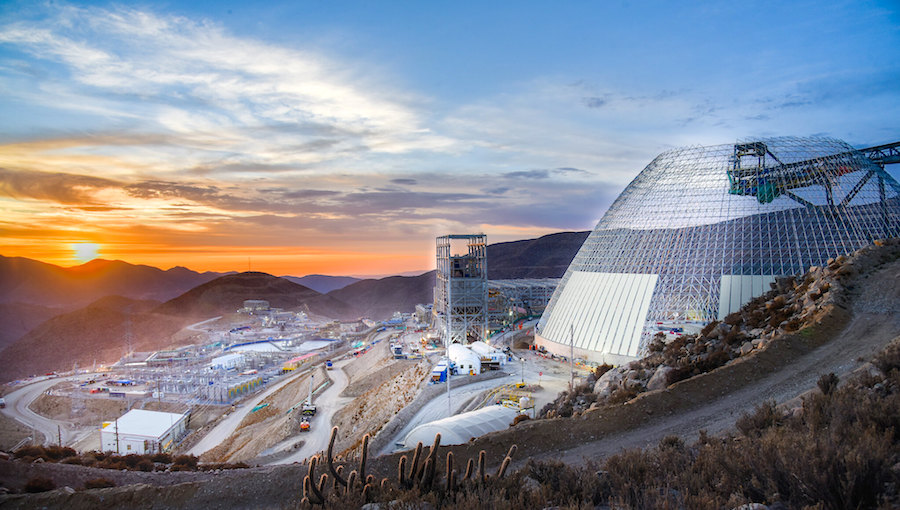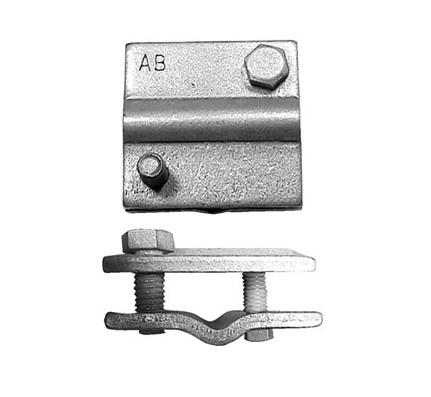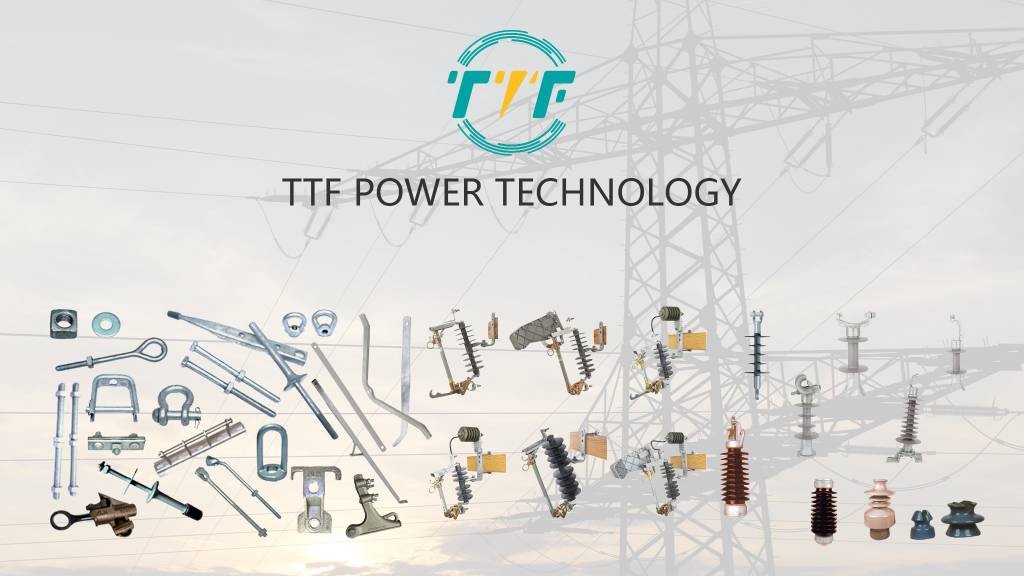
Peru possesses some of the most vital resources in South America that enhance the progress of clean energy technologies. It offers resources for mining copper, zinc, gold, silver, and lithium. The mining industry greatly fuels energy infrastructure growth, particularly in isolated Andean areas. Copper extraction in Peru drives investments in electricity networks and hydroelectric facilities, enhances private sector participation in energy generation, and promotes energy integration across regions. Key copper mines consist of Cerro Verde, Antamina, Las Bambas, and Southern Copper Ventures. Copper plays an essential role in wind turbines, solar panels, electric vehicles, and electrical grids. As global demand for low-carbon technologies rises, copper will ease the electrification of transportation and the growth of renewable energy. The demand for copper is projected to increase by more than 40% by the year 2040. Crossover clamps ensure steady and safe pipelines or cables that support copper extraction.
Crossover clamps ensure structural integrity, prevent damage, and maintain operational safety in mining environments. The clamps anchor and stabilize high-pressure slurry pipelines, water supply lines, or hydraulic hoses. This is particularly crucial in areas where they intersect with mining roads, haulage paths, or equipment zones. High-quality crossover clamps prevent sagging, vibration, or accidental dislodgment due to movement. They also shield the pipelines from crushing, abrasion, or impact caused by heavy mining vehicles. Additionally, the clamps secure electrical cables, fiber optics, or control lines running through mining infrastructure. Common types used include heavy-duty pipe clamps, rubber-lined clamps, modular bridge-style clamps, or high-temperature clamps.
Securing Peru’s copper mines through crossover clamps
Peru has top producers of copper like Cerro Verde, Antamina, and Las Bambas. Crossover clamps are mechanical fasteners used to secure and intersect two cables, pipes, or support rods at cross points. They serve vital roles in maintaining safety, efficiency, and durability within the mining infrastructure. They are able to withstand heavy loads, vibration, and corrosion in challenging environments. Here are the uses of crossover clamps in copper mining.

- Securing structural support systems—crossover clamps fasten horizontal and vertical support members. They also resist dynamic forces from blasting, machinery vibration, and terrain shifts.
- Managing cable and conduit intersections—copper mines use electrical cables, fiber optics, and hydraulic lines. The clamps ensure organized routing, prevent cable abrasion, and protect them from mechanical wear and environmental exposure.
- Enhancing conveyor belt infrastructure—conveyor belts depend on complex frameworks supported by crossover clamps. The clamps fasten cross braces and rails to maintain belt alignment. They ensure minimal vibration and reduce spillage and wear on moving parts.
- Safety and stability—the clamps are made from galvanized steel, stainless steel, or coated alloys. This helps withstand acidic exposure from chemical processes. They are also able to resist thermal expansion and contraction in extreme conditions.
- Modular expansion and maintenance—crossover clamps in copper mines allow easy modular assembly and expansion of pipe racks, cable trays, and supports. They also allow flexibility in adapting to new mining technologies.
Importance of copper in Peru’s renewable energy and sustainable future
Copper plays a vital role in creating Peru’s clean and sustainable energy future. It acts as a link to a low-carbon energy future. It fosters the advancement of renewable energy, electric transportation, grid modernization, and technologies based on copper. Moreover, it can promote economic growth and support environmental management. Outlined below are the functions of copper in Peru’s objectives for renewable energy and sustainability.

- The advancement of renewable energy relies on copper, which is crucial for solar PV cells and wind turbine generators in solar and wind technologies. Its excellent conductivity renders it essential for grid integration and power transfer.
- Reinforcing Peru’s power grid— The country’s rugged landscape and isolated regions need a strong electrical network. Copper plays a vital role in constructing effective transmission lines, transformers, and substations.
- Promoting electric mobility and energy storage—the worldwide transition to electric vehicles relies on copper wiring, motors, and charging facilities. Copper plays a vital role in battery storage systems to stabilize renewable energy supplies and improve grid resilience.
- Residential applications and energy conservation—copper-based systems enhance energy efficiency in residences, enterprises, and public facilities. They play a vital role in effective lighting, HVAC systems, electrical devices, and building wiring.
- Economic prospects—Peru can use its resources to enhance both export income and local clean energy projects. Copper processing, wire production, and electric vehicle component assembly can enhance the economy and generate environmentally friendly jobs.
- Climate objectives—copper’s significance corresponds with Peru’s commitments outlined in the Paris Agreement. It encompasses objectives for the adoption of renewable energy and the decrease of emissions.